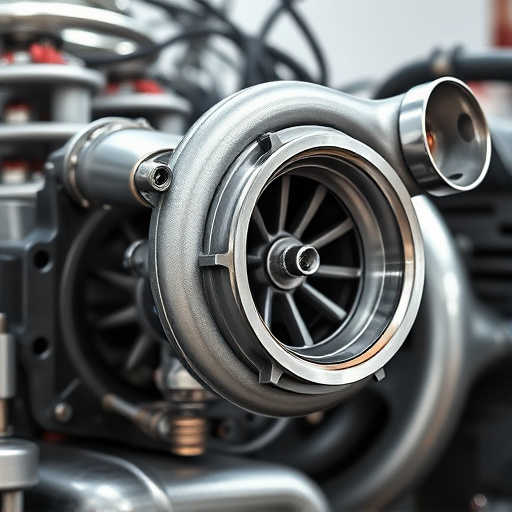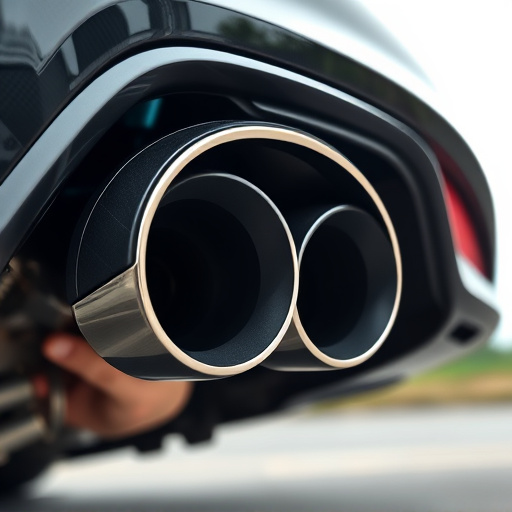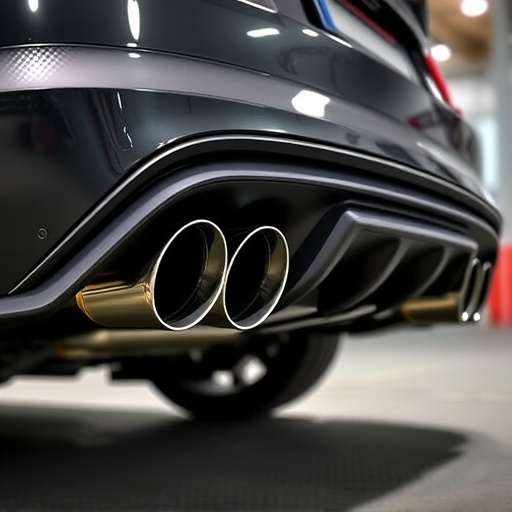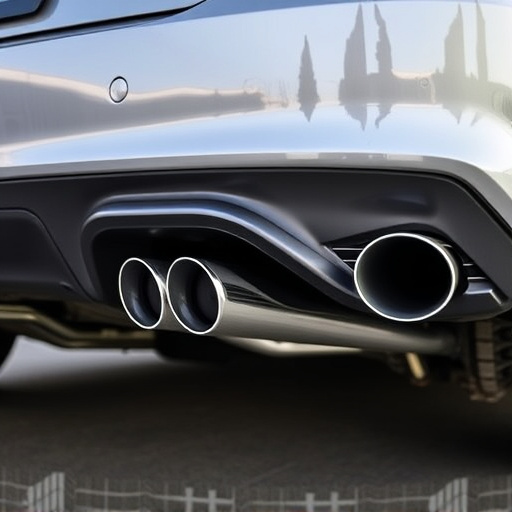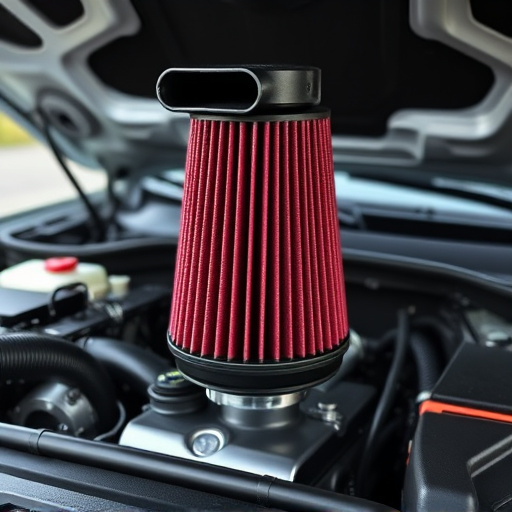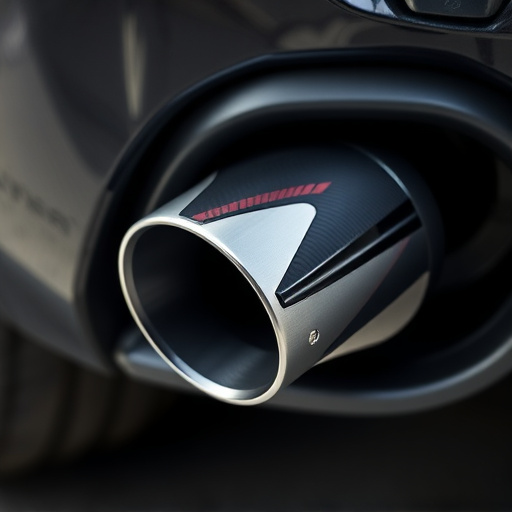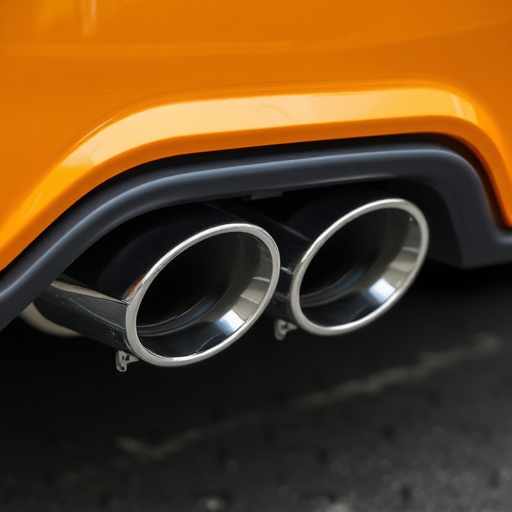Car suspension parts are essential for a smooth ride, with springs, shock absorbers, and control arms working together to absorb impacts, maintain alignment, and ensure safety on varied terrain. Modern advancements like ESC and adaptive damping systems enhance comfort further. Performance upgrades, such as cold air intakes and exhausts, can indirectly affect suspension dynamics, while targeted upgrades like strut towers, adjustable coil overs, and stiffer springs significantly improve handling and stability on rough roads.
Driving on rough roads doesn’t have to be a bumpy ride. Understanding your car’s suspension system and investing in quality suspension parts can significantly enhance comfort and control. This article delves into the fundamentals of car suspension systems, exploring their crucial roles in absorbing impacts and maintaining vehicle stability. We’ll guide you through common suspension parts, highlighting their functions and benefits. Learn how to choose the right upgrades for optimal performance on challenging terrain.
- Understanding Car Suspension Systems: Basics and Functionality
- Common Suspension Parts: Their Roles and Benefits
- Choosing the Right Suspension Upgrades for Rough Road Conditions
Understanding Car Suspension Systems: Basics and Functionality
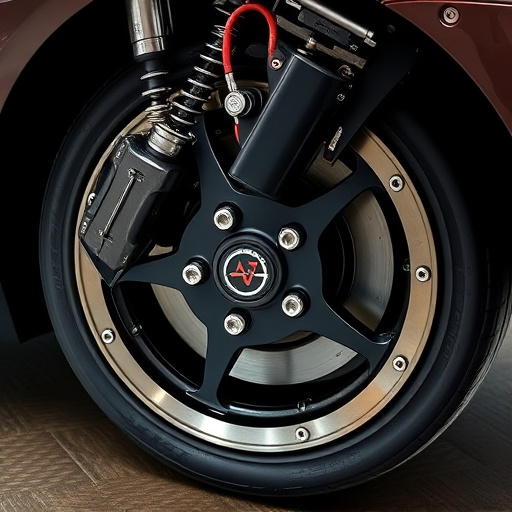
Car suspension systems are a complex network of parts designed to connect the vehicle’s wheels to its chassis, enabling smooth and controlled movement over different terrains. The primary functionality lies in ensuring stability, comfort, and safety during driving. It accomplishes this by absorbing and distributing the impact from uneven road surfaces, reducing the transmission of these forces to the driver and passengers.
At the heart of suspension are components like springs, shock absorbers (or dampers), control arms, ball joints, and struts. These parts work in harmony to maintain vehicle height, allow for wheel travel during cornering, and keep the wheels aligned with the road surface. Modern suspensions also incorporate advanced technologies such as electronic stability control (ESC) and adaptive damping systems, which further enhance driving comfort by improving traction and reducing body roll on rough roads. Additionally, performance upgrades like cold air intakes and cat-back exhausts can also indirectly influence suspension dynamics, contributing to a smoother ride.
Common Suspension Parts: Their Roles and Benefits
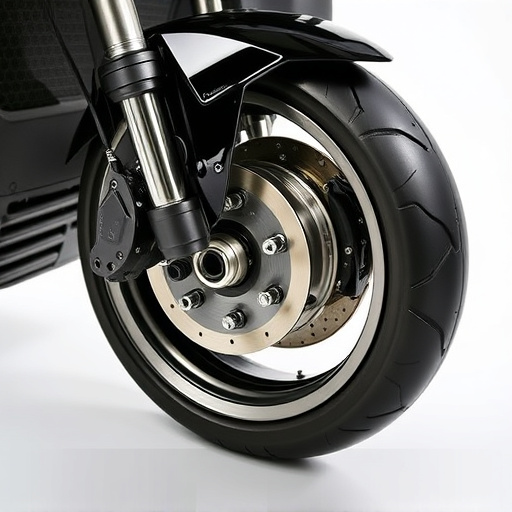
Car suspension parts are integral to a smooth ride, especially on rough roads. Common components include shock absorbers and springs, which work together to absorb and distribute impact energy from uneven terrain. Shock absorbers, also known as dampers, use oil flow to reduce the vibrations and jolts caused by potholes and bumps, providing better control and stability. Springs, either coil or leaf, support the vehicle’s weight and maintain proper wheel alignment, ensuring each wheel can move independently for a more comfortable ride.
Other crucial car suspension parts include strut mounts, control arms, and ball joints. Strut mounts secure the shocks and springs to the vehicle’s chassis, preventing excessive movement and noise. Control arms connect the wheels to the suspension system, allowing for up-and-down motion while restricting side-to-side movement. Ball joints facilitate this pivotal motion, enabling smooth steering and improved cornering precision. When these parts are in good condition, they contribute significantly to enhanced driving comfort, even on challenging road surfaces. Upgrading to high-quality car suspension parts, such as performance exhausts or better brakes, can further optimize the vehicle’s performance and safety.
Choosing the Right Suspension Upgrades for Rough Road Conditions
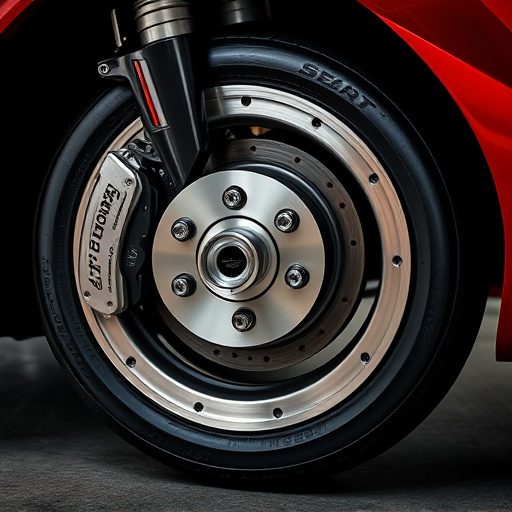
When navigating rough roads, selecting the appropriate car suspension parts is paramount to ensuring a comfortable ride. Upgrading your vehicle’s suspension can significantly mitigate the impact of uneven terrain and reduce passenger discomfort. For optimal performance on challenging road conditions, focus on choices that offer both stability and flexibility. Strut towers, control arms, and adjustable coil overs are excellent upgrades as they allow for fine-tuning the suspension to absorb shocks more effectively.
Consider enhancing your car’s handling capabilities with additional components like stiffer spring rates and advanced shock absorbers. While performance brakes and larger brake rotors may not directly relate to suspension, they complement the overall upgrade by providing better stopping power, which is crucial when navigating unpredictable road surfaces. Ultimately, choosing upgrades tailored to the specific demands of rough roads ensures a smoother journey for everyone on board.
Car suspension parts play a pivotal role in enhancing driving comfort, especially on rough roads. By understanding the basics of suspension systems and choosing the right upgrades, drivers can significantly improve their vehicle’s performance and ride quality. Common suspension parts like shock absorbers, coil springs, and control arms not only smooth out bumps but also ensure better handling and stability. When navigating challenging road conditions, investing in high-quality car suspension parts is a wise decision that promises a more enjoyable and secure driving experience.








